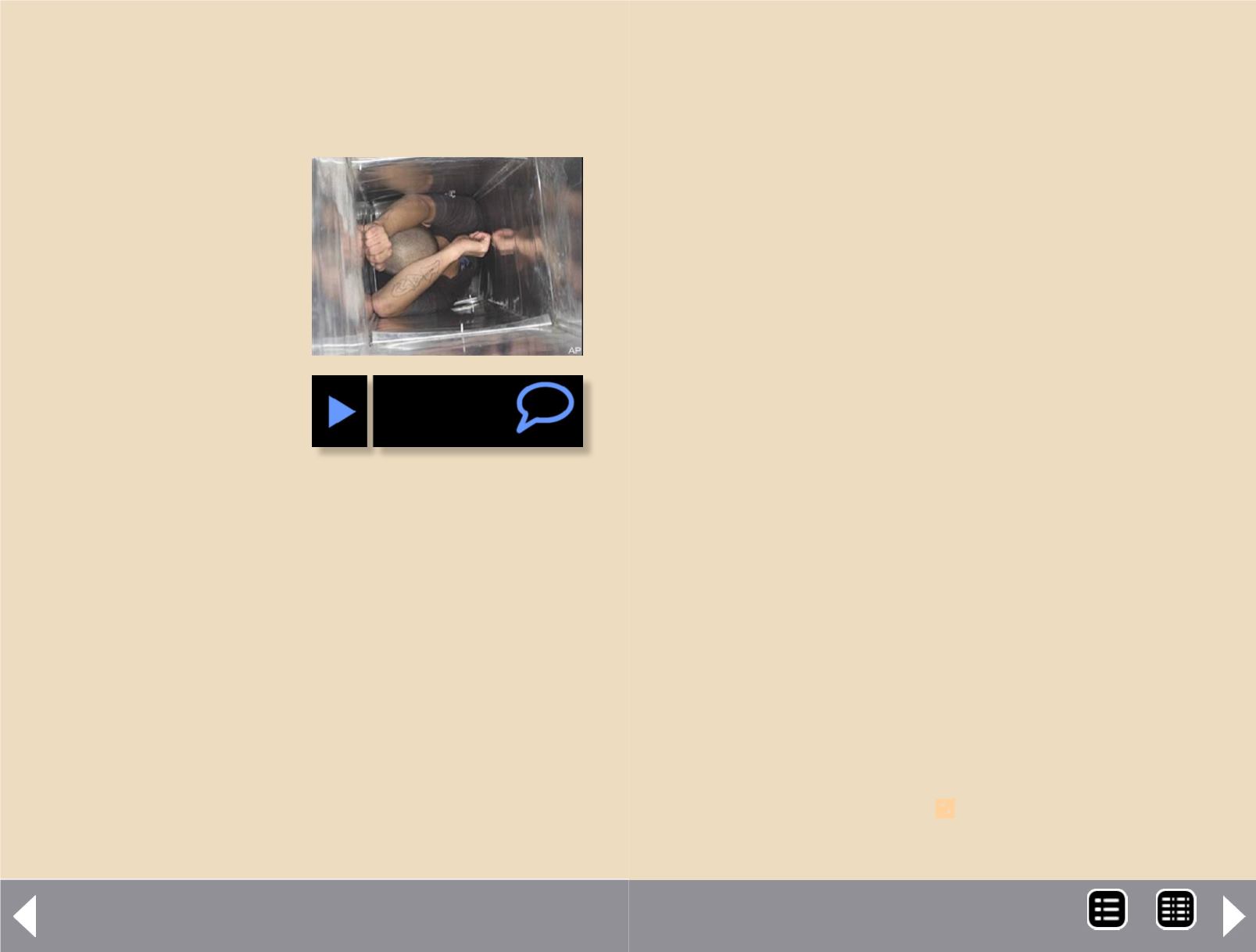
Reverse Running commentary
L
ook howmuch railroad I
got in here – 36” curves,
a 350-foot mainline, the
Mississippi River …
We all do it. Build the biggest
layout possible. Three penin-
sulas in the room instead of
two. 10 yard tracks instead
of eight. Four levels. A dozen
hidden staging tracks. Bigger
is better, so the biggest must
be best?
Nope. Bigger can become
a royal pain a couple of years down the line when thoughts turn
from construction to running trains.
We all know that a big layout can turn into a maintenance monster
when switch machines start to show their age and when those lit-
tle shortcuts in the undocumented wiring come back to haunt us.
We all know how inaccessible track makes cleaning track and rerail-
ing cars difficult.
This time, we are talking about the human factor. How easy is it
for operators to move around the railroad? Can you actually get a
good line of sight on those marvelous scenes you created? Can visi-
tors really see Fraulein Preiser showering in her third floor room at
the Empty Arms Hotel?
More importantly, on an operating layout, if there is a passing sid-
ing for opposing trains, is there a passing space in the aisle for the
Reverse Running: Designing the layout for the human factor
by Joe Brugger
Build a Smaller Layout
crews? Can the yard gang go about its work without butt-bumping
with the conductor and engineer on the through freight?
For the guys switching local yards and industries, is there a place to
sit down once in a while to rest their feet?
Probably not, because model railroaders – big, generous people
though we are – are notoriously stingy when it comes to leaving
floor space for people.
Yes, most adults can make their way down a 20” aisle. But in seven
or eight trips, they're going to elbow out some scenery, snag them-
selves on the fascia, and eventually will meet someone coming the
other way. At some point the owner will find that he has plenty of
space in which to move around, because his friends have tired of
visiting the Claustrophobia Southern.
A couple of years ago, on an operations weekend, several of us
were invited to help run a nice mid-sized layout built in a family
room. The instructions were helpful, the theme was pretty well
worked out, and it had a Goldilocks line-up that was not too busy
and not too slow.
What the operators enjoyed most, after the carpeted floor, was
the ample space left open in the middle of the room for people to
move around for their work without resorting to “aisle warrants.”
Everyone, even the guys who rarely say anything, commented how
relaxing it was.
Afterward, we were looking over the owner's original layout
design, tacked up on the wall. In the center where we were stand-
ing was – you guessed it – a 10' long peninsula loop that added a
couple of car spots and an extra 20' of track.
“Yeah,” said the owner. “I keep stalling on building that. I can't
decide if it's going to make the railroad better, or ruin it.” Well, my
friend, take a guess what I think.
MRH-Sep 2013


